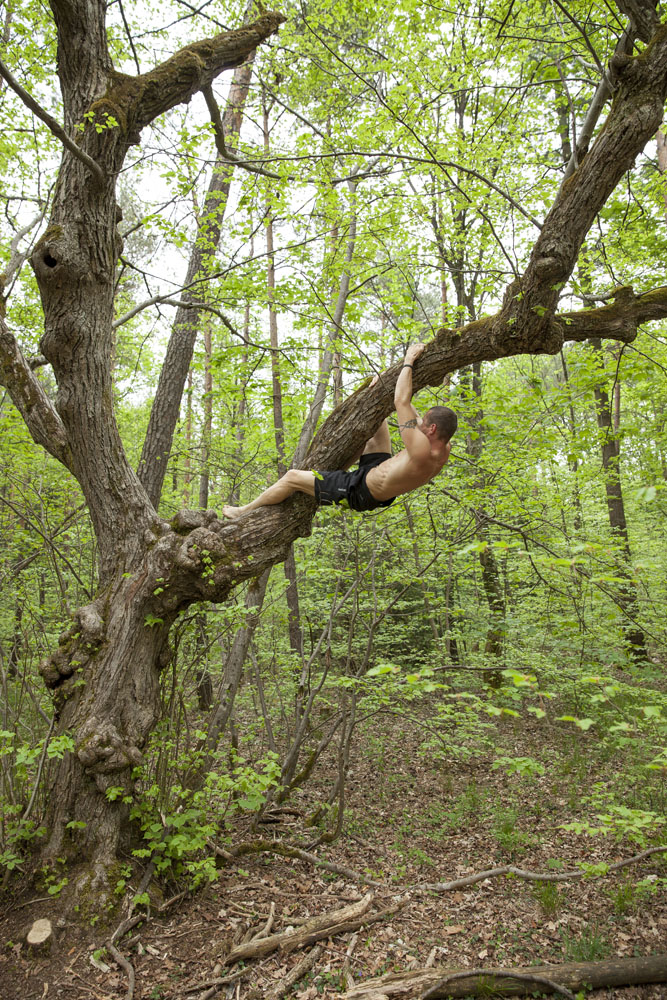What movements are we adapted for?

What movements are we adapted for?
What movements are we adapted for? Last time we mentioned the work of Daniel Liebermann to shine some light on today’s mismatch diseases that our society is suffering from (diabetes, heart diseases, chronic back pain, etc.).
But what is our body adapted for? This is a question much harder to answer. As humans have evolved over a long period of time. We have adapted to a wide spectrum of environments, with different diets, temperatures, and fauna that determined our lives.
One thing we are exceptional in is walking and running for long distances at a moderate pace (compared to other species). This was used to our advantage in persistence hunting and foraging for food.
- Walking and running long-distances
- Occasional sprint
- Picking things up and carrying them
- Stepping over and under obstacles
- Sitting on the floor (for example in the deep squat) – ground movement
- Occasional jump, balancing and climbing, throwing (hunting), vaulting, crawling
- Transitions between these different movements and positions
As you noticed, this also replicates the movements we practice at MovNat in our Online Training.
It seems evident that replicating the movement that we have adapted to use of thousands of years, it can have a healing effect and prevent mismatch diseases.
This is only a very short insight into the topic. If you wish to dive deeper check our our other Blog Posts.
Search
Popular posts
Popular tags


